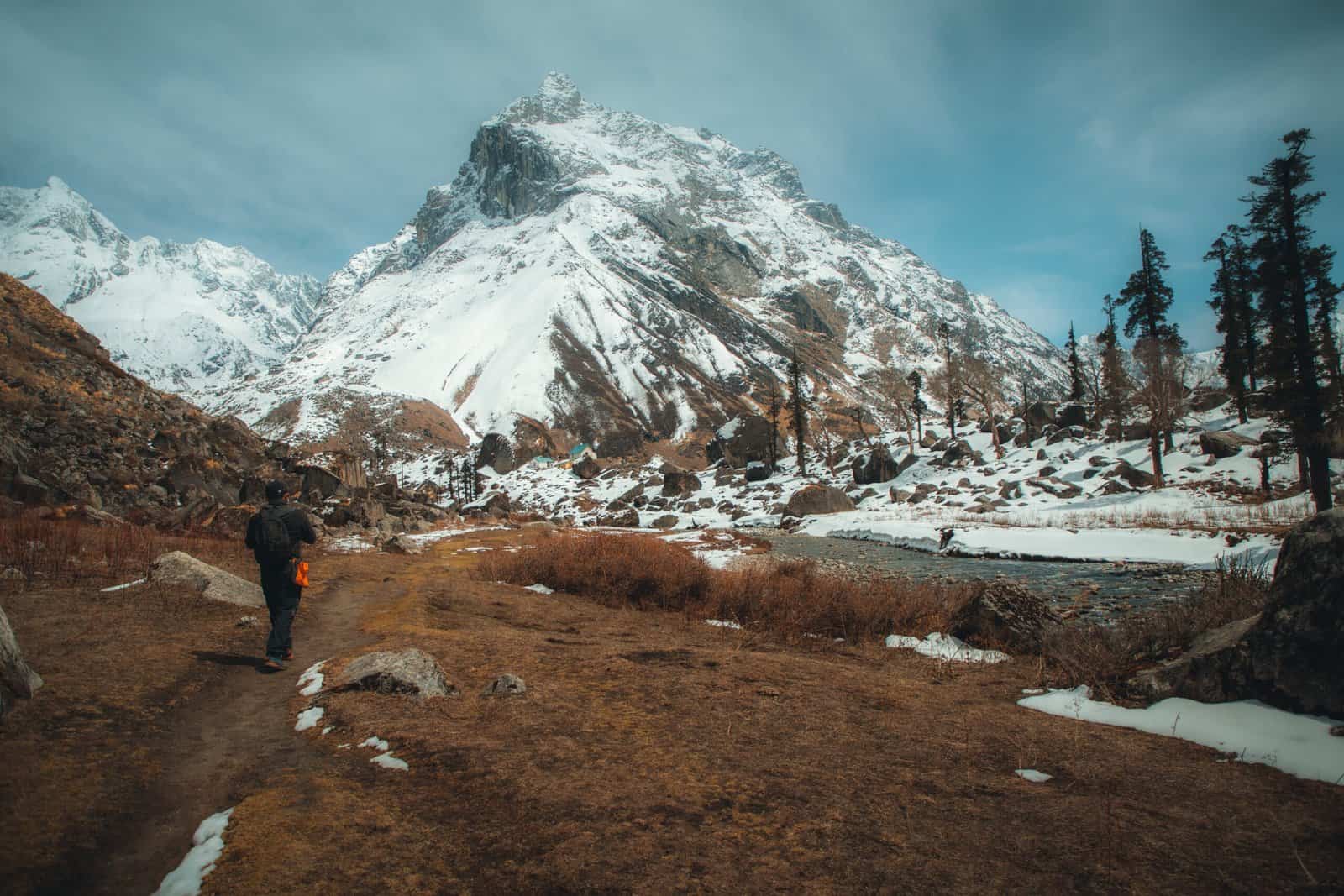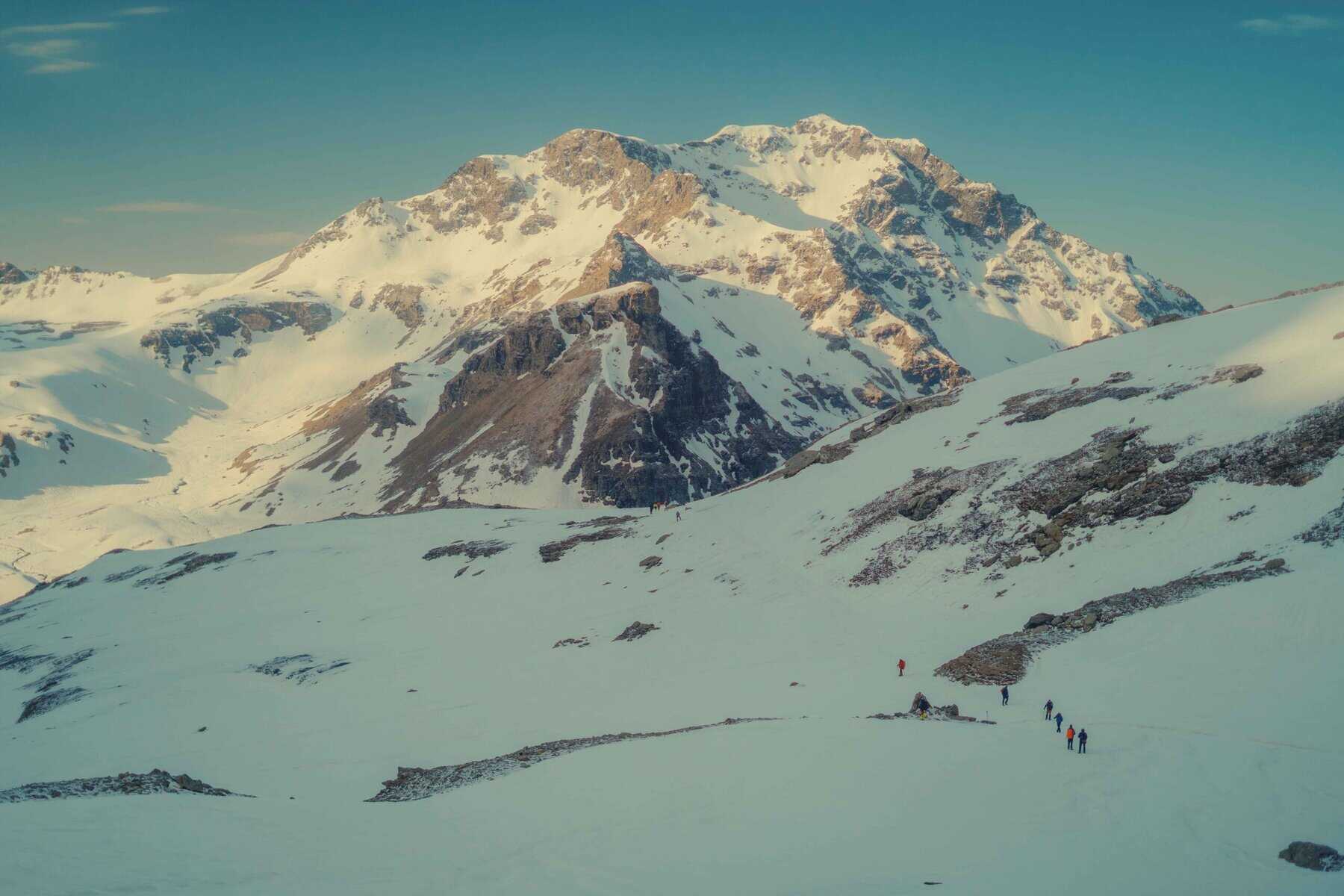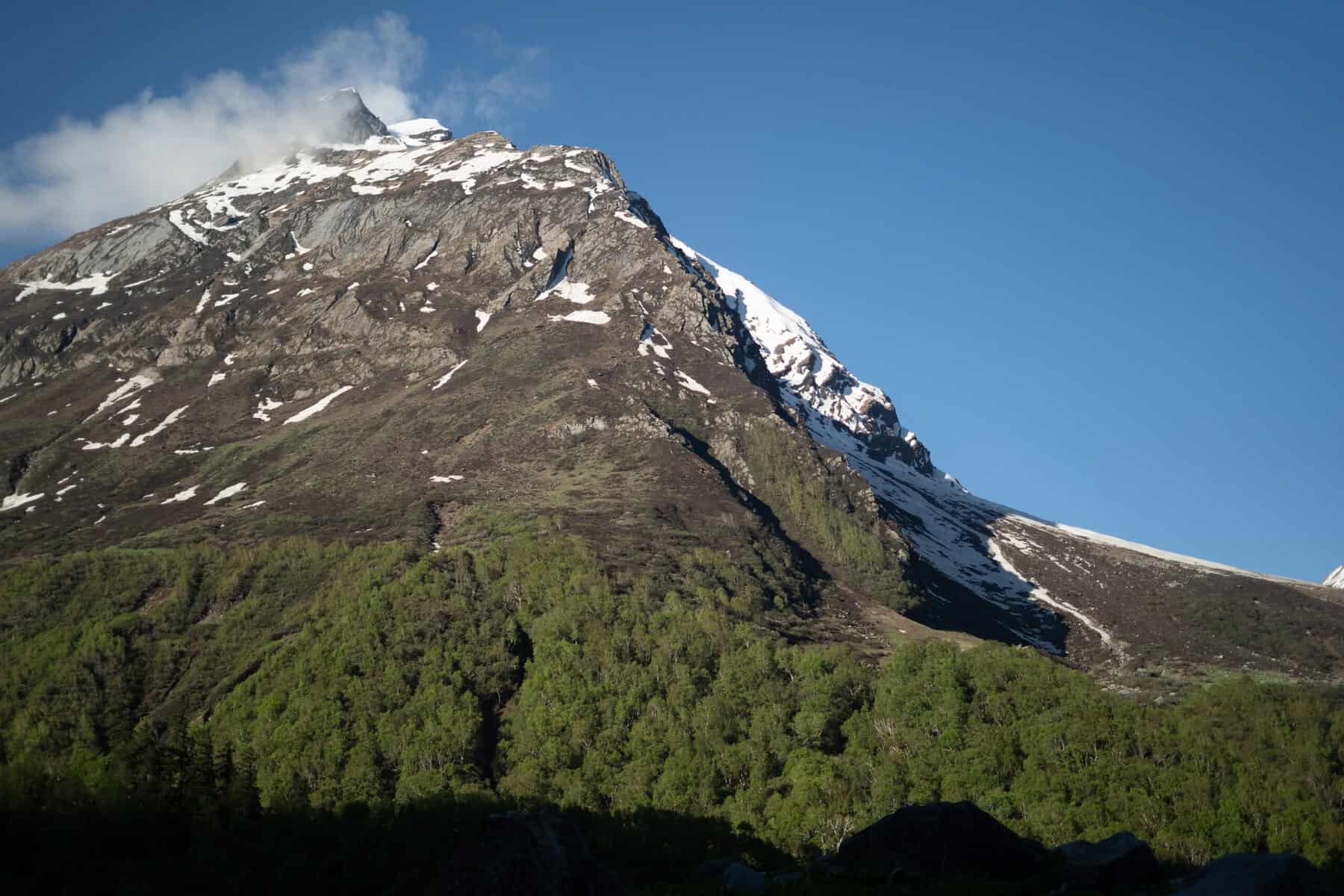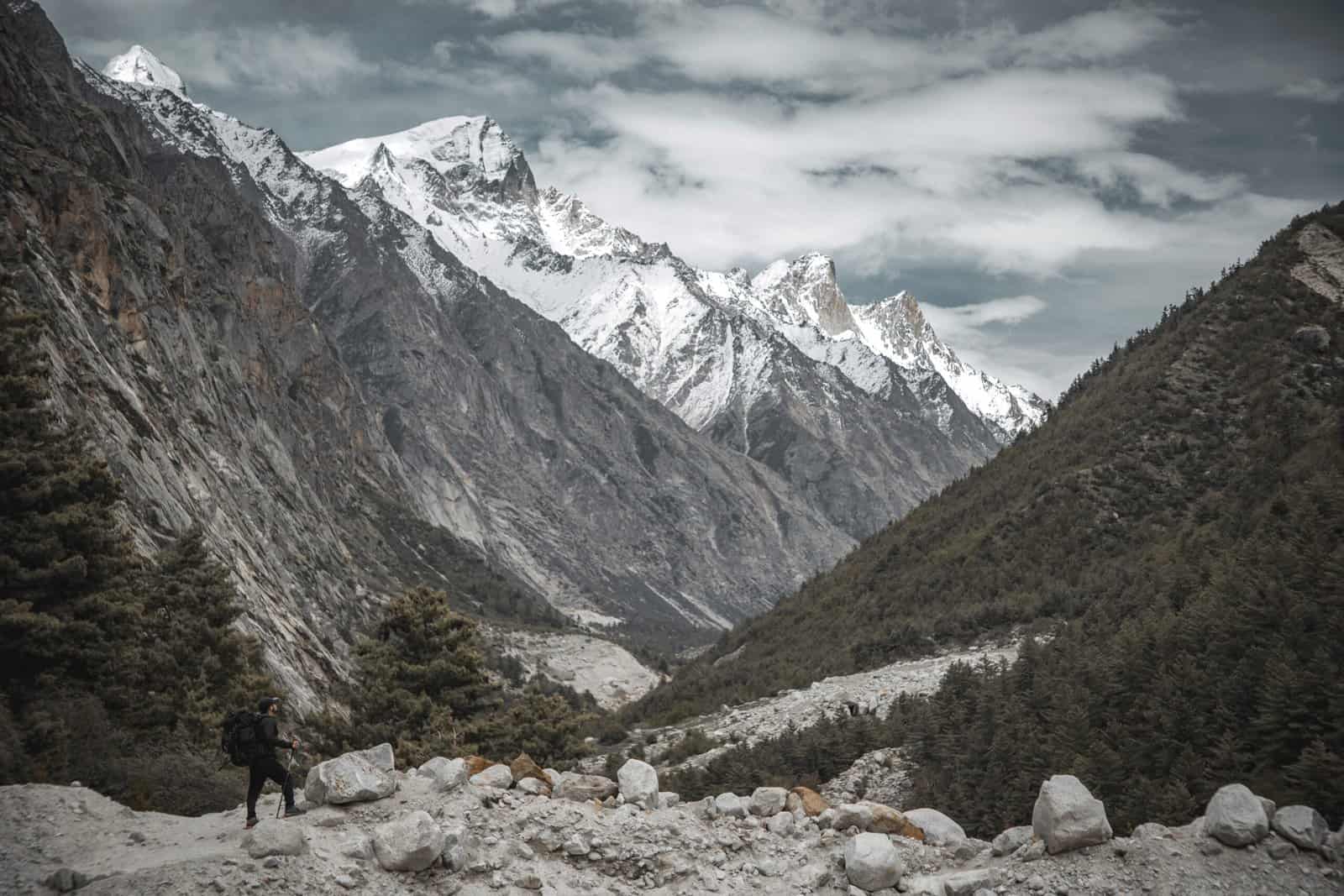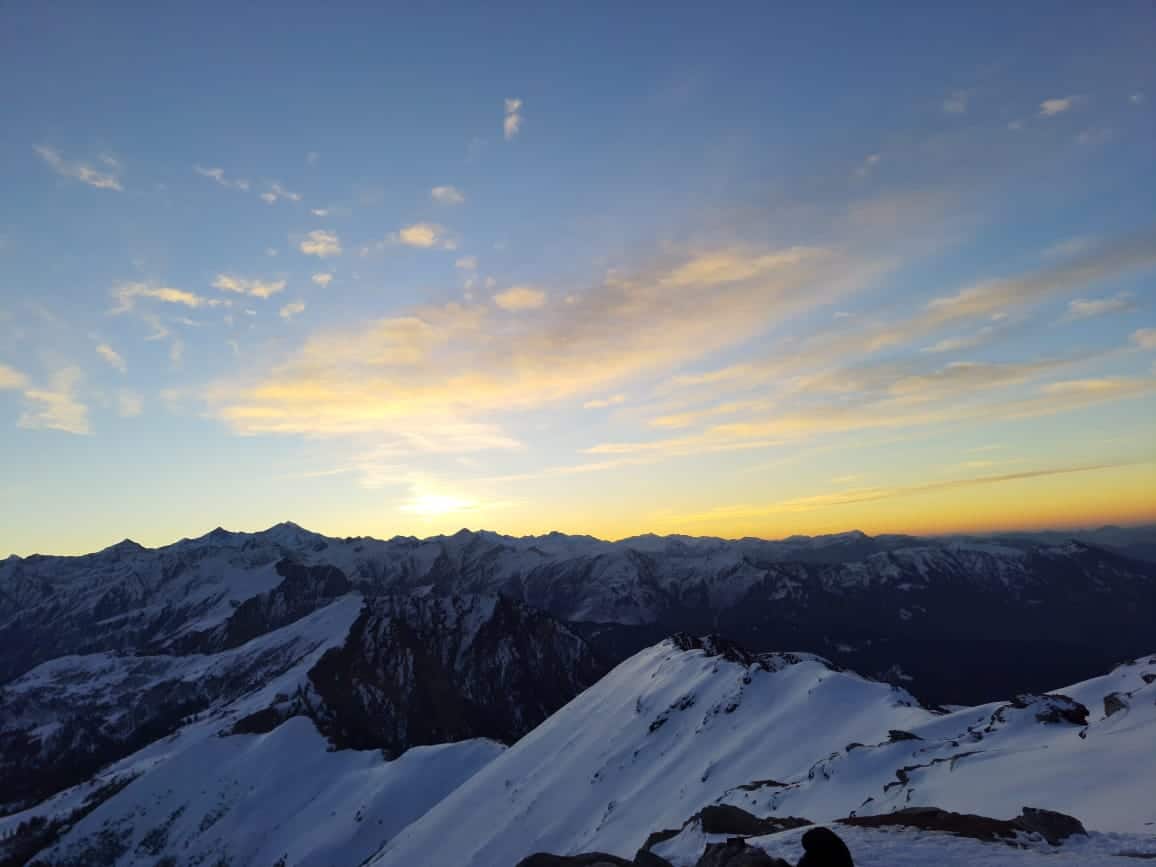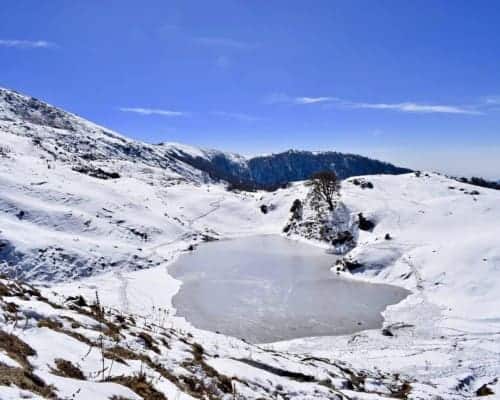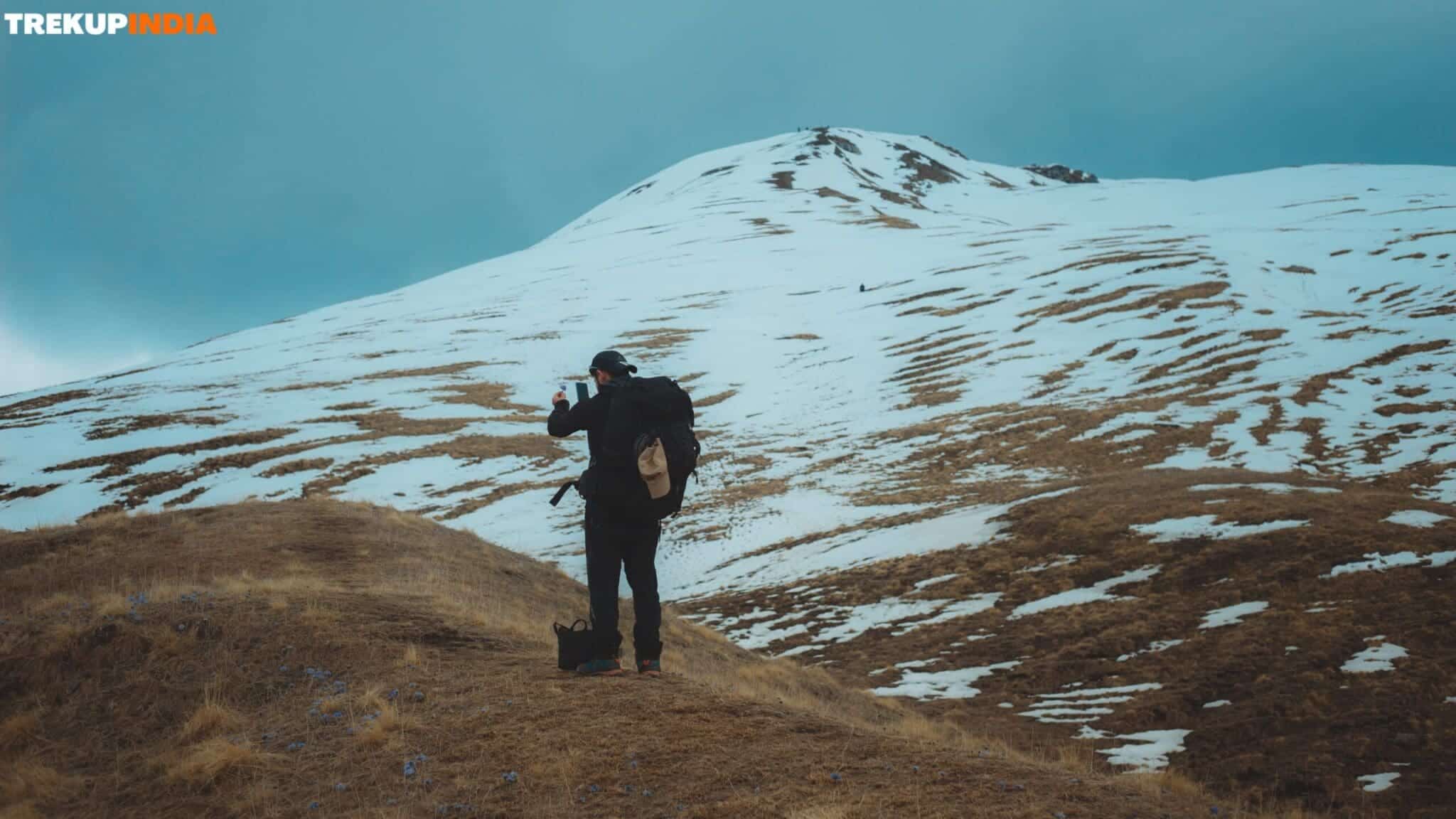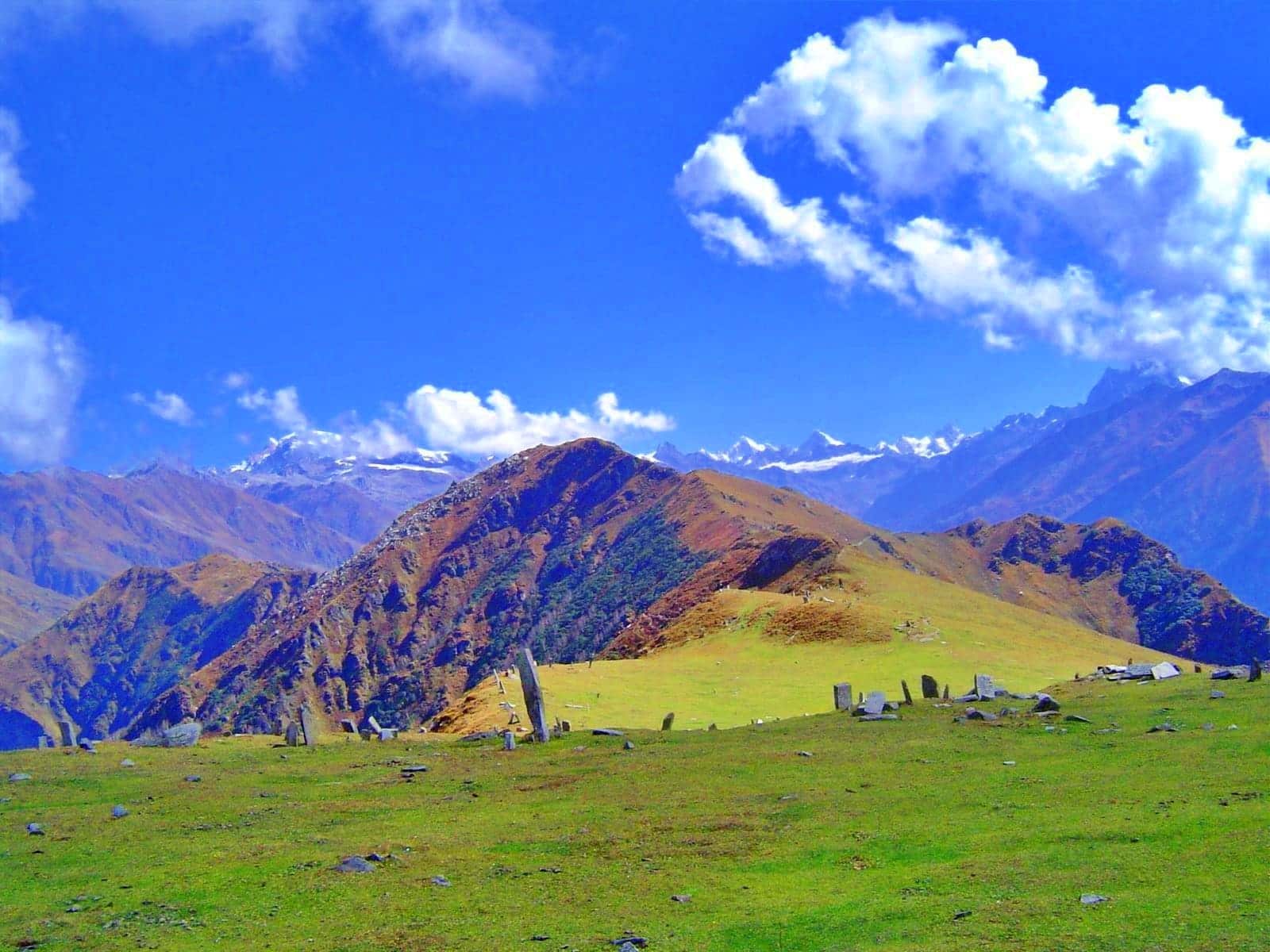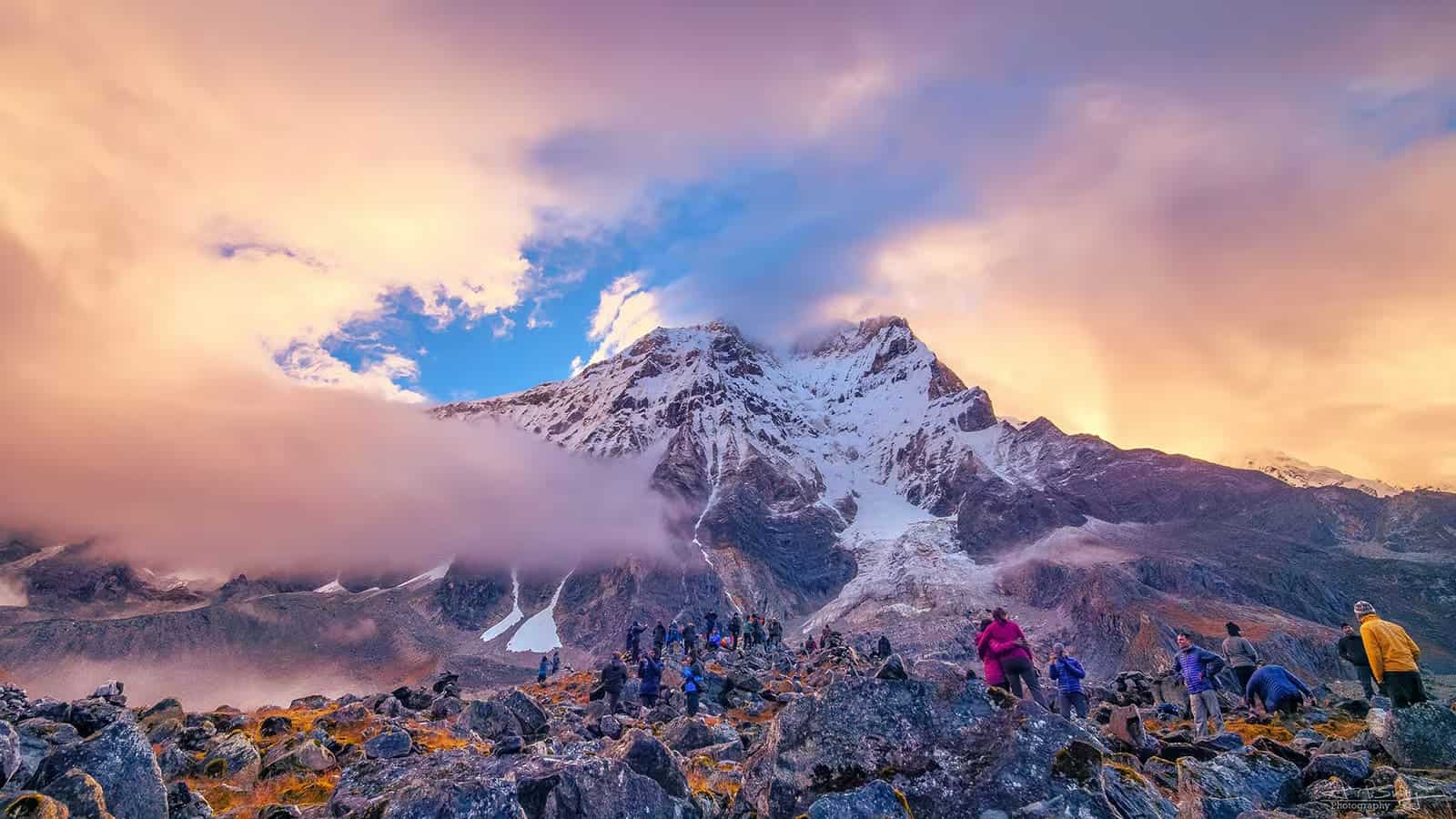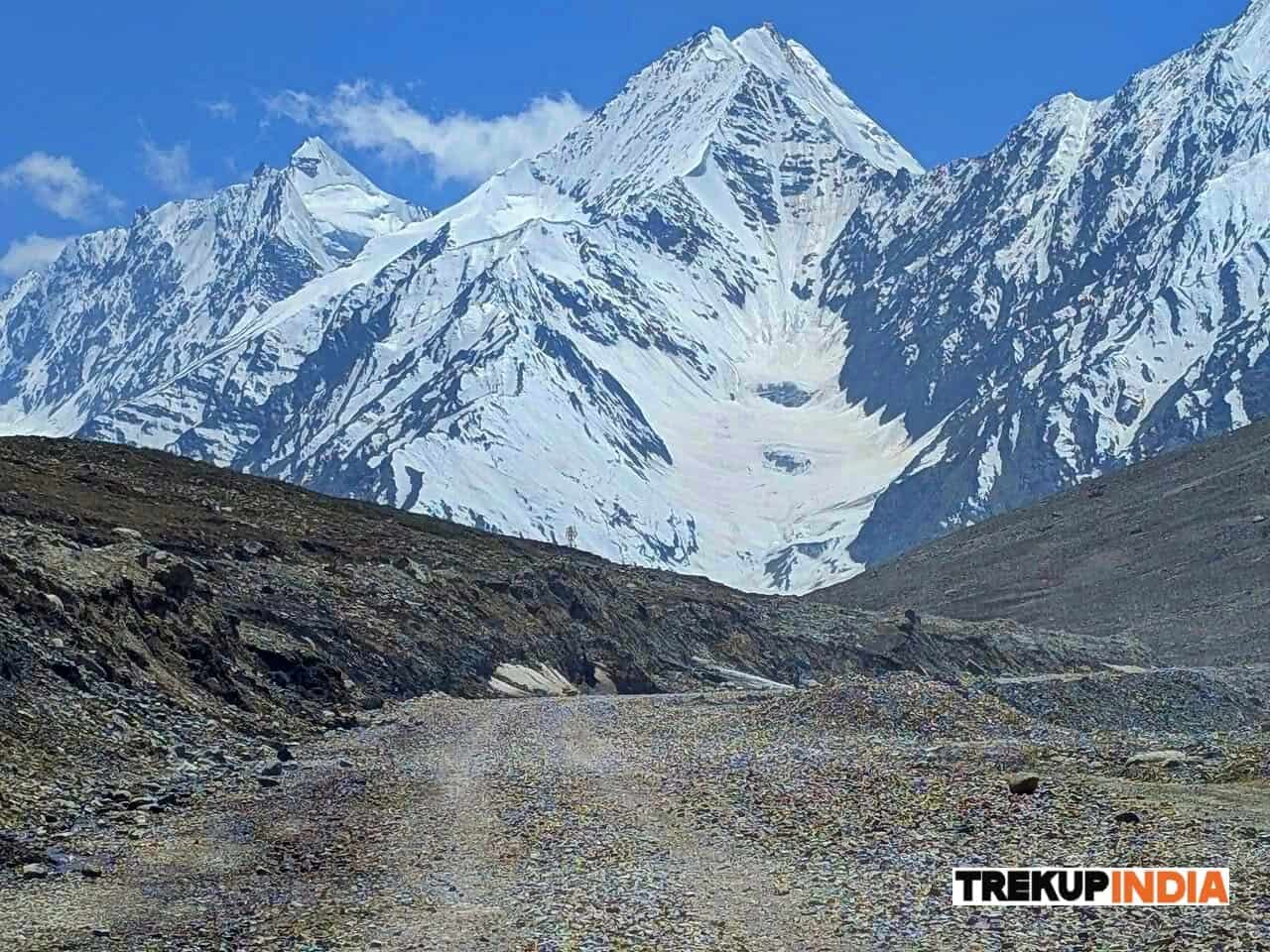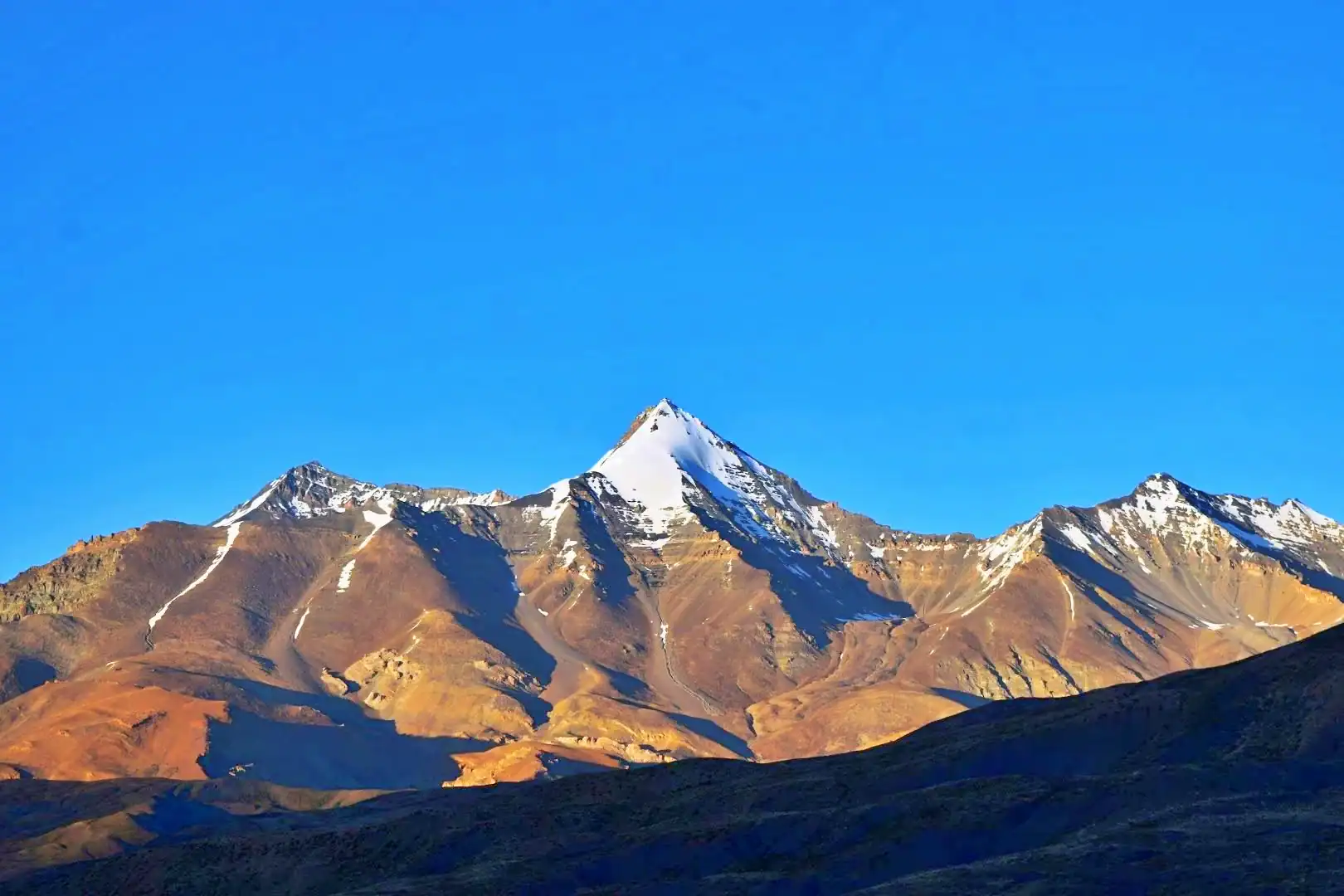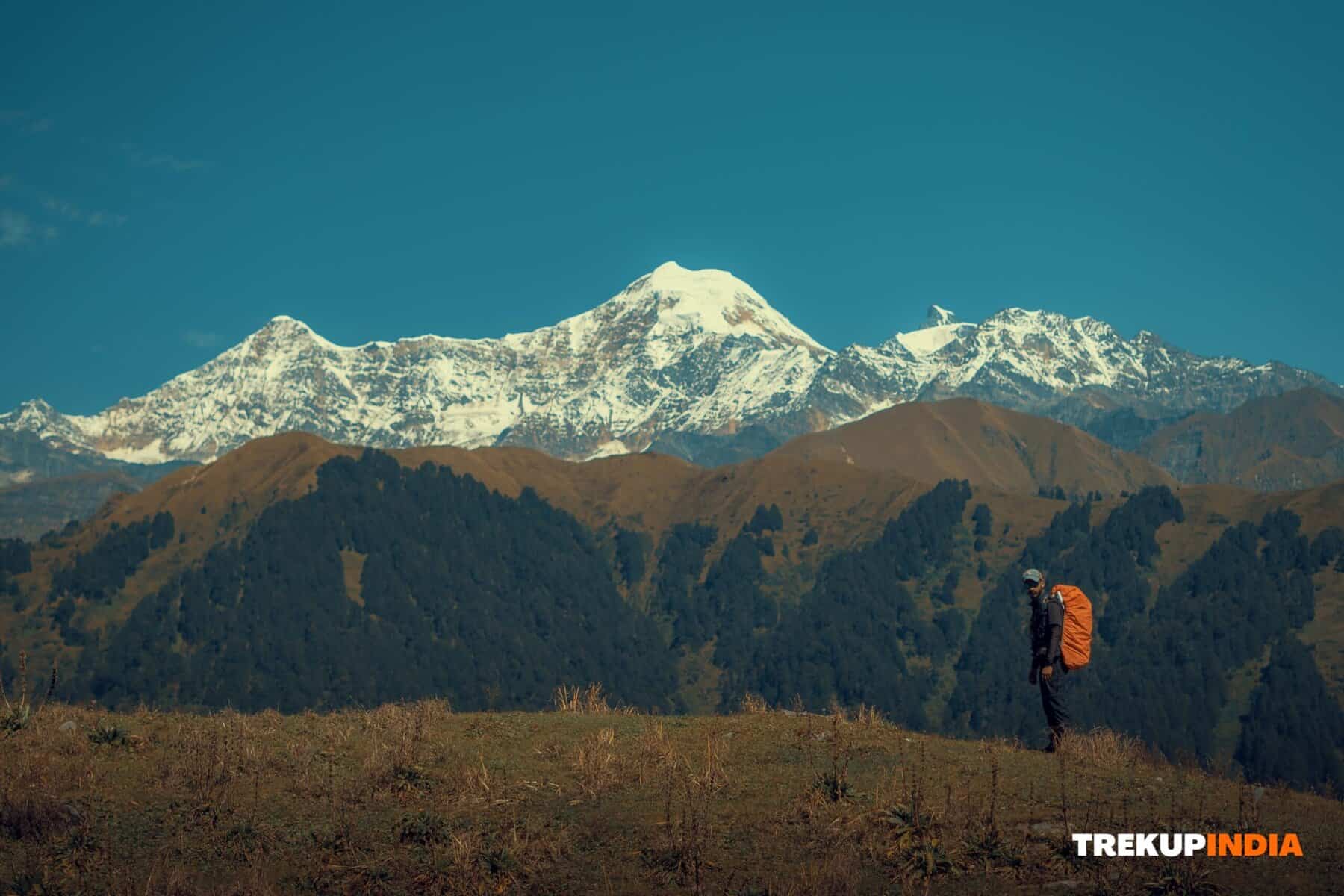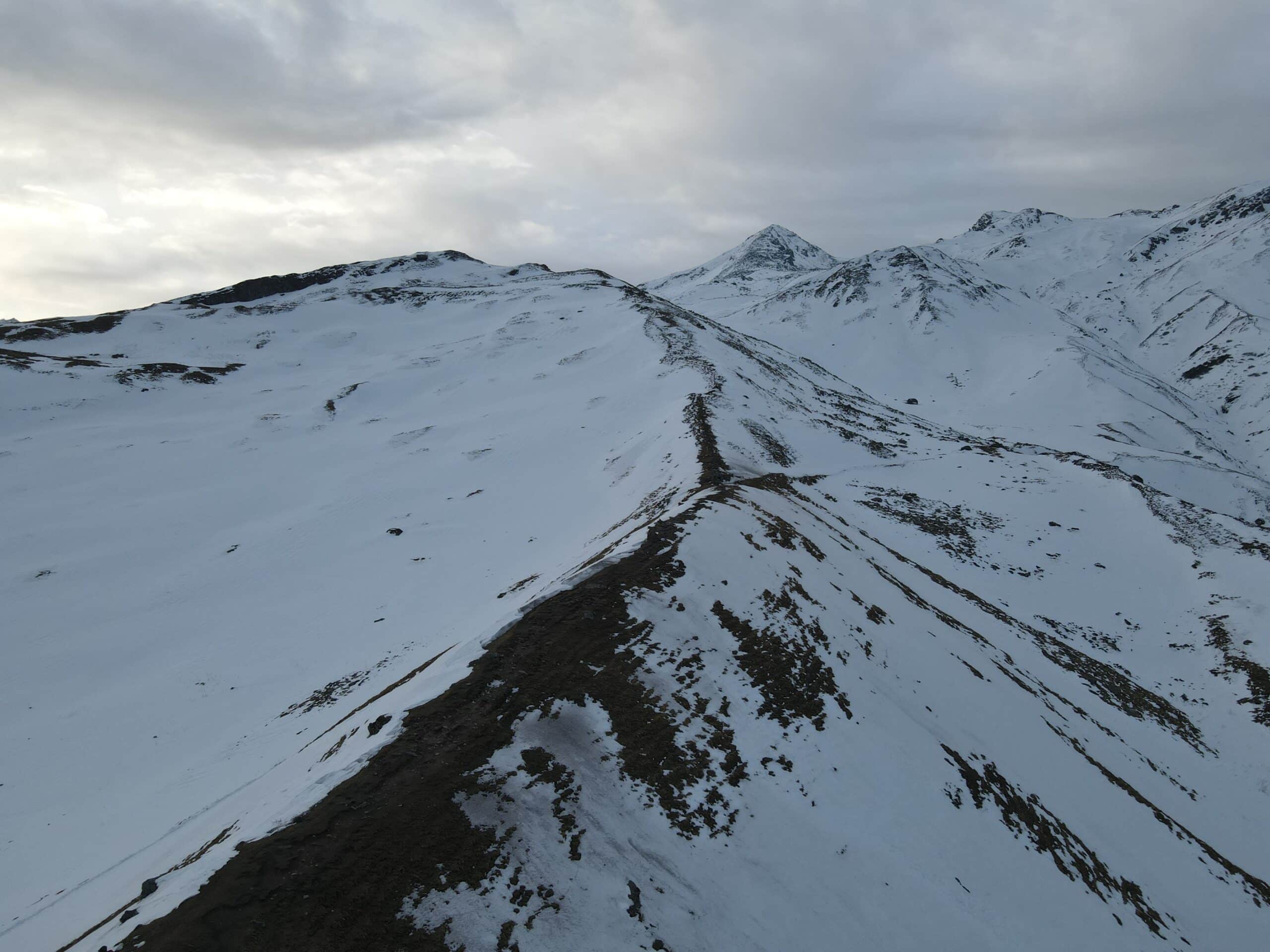A comprehensive guidance for trekkers
Trekup India Presents: A Comprehensive Guide for Trekkers by Nanda Rawat
Trekup India is proud to introduce an in-depth and practical guide curated by Nanda Rawat, designed to support both beginner and experienced trekkers alike.
With a growing number of questions and concerns from first-time trekkers, it became essential to address these through a single, well-structured resource. This guide provides a complete insight into the trekking world—from selecting the right trek operator and choosing a suitable trek, to preparation tips, essential gear checklists, safety measures, trekking etiquette, and much more.
Whether you’re just starting your trekking journey or have already walked several trails, this guide serves as a valuable companion—packed with practical knowledge and firsthand expertise.
At Trekup India, we encourage all trekkers to stay informed, follow safety protocols, respect nature, and make the most of your adventure. With the right preparation and awareness, every trek can become an enriching and memorable experience.
Let your journey begin the right way—with knowledge, responsibility, and passion for the mountains.
1. How to pick your travel / trekking agency
In Today’s Digital Age – Do Your Research Before Choosing a Trekking Agency
With everything easily accessible in today’s internet-driven world, it’s important to make informed decisions—especially when it comes to choosing a trekking agency. Before booking your next adventure, take a moment to research and verify the agency using the following key criteria:
Is the agency a DMC (Destination Management Company)?
This indicates they are locals of the region and possess in-depth, on-ground expertise.Are they registered with national or state government bodies?
Look for official registrations under tourism departments, the Indian Registrar, or the Indian Companies/Firm Act.Do they hold credible affiliations?
Associations with recognized bodies like ATOAI (Adventure Tour Operators Association of India), IMF (Indian Mountaineering Foundation), or state tourism boards reflect professionalism and accountability.Do they have an active GST registration?
A valid Goods and Services Tax number indicates operational transparency and compliance with government regulations.
These are essential checks to ensure you’re placing your trust in a legitimate and experienced trekking partner. Additionally, review their customer feedback, social media profiles, and official website to further evaluate their credibility.
Doing a little research can go a long way in ensuring your safety, satisfaction, and overall trekking experience.
2. Choose your trek product wisely
Key Tips Before Booking Your Trek
Before committing to any trek, it’s important to take responsibility for your own awareness and make informed decisions. Here are a few essential steps every trekker should follow:
Understand the Itinerary, Region, and Difficulty Level
Make sure you’re familiar with the complete itinerary, the region’s terrain and weather conditions, and the trek’s grade (easy, moderate, difficult). Always do your own research to be fully prepared.Assess Your Budget and Choose Accordingly
Evaluate what you’re comfortable spending and select a package that aligns with both your budget and expectations.Carefully Review Inclusions and Exclusions
Ensure all promised services—such as transport, meals, accommodation, permits, and guide support—are clearly listed in the invoice. Transparency at this stage prevents confusion later.Clarify All Doubts Before Booking
Don’t hesitate to ask questions. Confirm details about the services, safety standards, gear quality, group size, and anything else you’re unsure of. A clear understanding leads to a smoother and more satisfying experience.
Being proactive and thorough before booking helps avoid unpleasant surprises and ensures you’re set for a safe and memorable adventure.
3. Book and Check your connectivity about flights & trains to the destination
Plan Smart: Book Your Travel Connections Before the Trek
When preparing for a trek, it’s always advisable to book your travel connections—flights or trains—before finalizing your trek. This ensures a smoother and more cost-effective experience.
Flights: The earlier you book, the better the fare. Airfares tend to rise closer to the travel date, so early planning can lead to significant savings.
Trains: Booking in advance increases your chances of getting confirmed seats, especially on popular routes that fill up quickly.
Securing your travel arrangements first not only helps you manage your budget but also gives you flexibility and peace of mind while planning your trekking adventure.
4. Should you negotiate hard?
Understanding the Balance Between Cost and Quality
In our culture, it’s common to seek the “Cheap & Best”—and there’s nothing wrong with being value-conscious. However, it’s important to understand how this mindset can impact the overall experience.
Aggressive negotiation often leads to a compromise on services.
When prices are pushed too low, it usually reflects in the quality—be it in accommodation, meals, support staff, or safety measures. These compromises often become noticeable during the trip itself.Make an informed and fair calculation.
Consider the cost of logistics, permits, manpower, safety equipment, and regional conditions. Once you have a basic understanding of what goes into organizing a trek, approach negotiations reasonably.
Everyone wants the best value for their money—but balance is key. A fair price ensures you receive safe, well-managed, and enjoyable services without unnecessary cutbacks.
5. Prepare yourself before going on a trek
Get Trek-Ready: Preparing Your Body and Mind for High-Altitude Treks
Trekking in the Himalayas is as much a physical challenge as it is a mental one. Preparing in advance makes your experience not only more enjoyable but also much safer. Here’s how to get started:
1. Start Walking and Enjoy Physical Activity
This may sound obvious, but you’d be surprised how many trekkers overlook it. Begin with long walks to build endurance, and supplement them with physical activities you enjoy—be it cycling, dancing, swimming, or gym workouts. The goal is to strengthen your leg muscles, boost cardiovascular health, and prepare your body for sustained movement.
Remember to give yourself a rest day after every 3–4 days of training to allow your body to recover and adapt. With time, your stamina will improve, and once you’re on the trek, your body will be well-prepared for the demands of high-altitude hiking.
[Click here to check: Fitness for Trekking on High Altitude Himalayan Treks]
2. Fuel Your Body Right
Your body burns a significant amount of energy while trekking, especially in higher altitudes. That’s why a balanced and nutritious diet during your training period—and on the trek itself—is essential. Focus on complex carbs, lean proteins, and hydration to keep your body energized and ready.
[Click here to check: Food Provided on Trek]
3. Know Your Trek Grade
Every trek is different in terms of altitude, terrain, and difficulty. Most itineraries mention a trek grade (easy, moderate, difficult). Understanding this helps you set realistic expectations and plan your fitness regime accordingly.
[Click here to check: How to Get Fit for Himalayan High-Altitude Treks]
4. Quit Smoking and Alcohol—Starting Today
If you’re a regular smoker or drinker, it’s crucial to stop well in advance of your trek. These habits dehydrate the body and significantly reduce oxygen absorption, which is critical in high-altitude environments. Instead, develop a habit of drinking plenty of water daily to keep your body well-hydrated and trek-ready.
Preparing for a trek is about building consistency, strength, and discipline. The better prepared you are, the more you’ll enjoy every step of the journey.
6. Packing for your trek
What to Pack for a Trek – Travel Light, Travel Smart
What you pack for a trek largely depends on the duration of your journey and your comfort level with minimalism. Whether it’s a short escape or a multi-day high-altitude expedition, the key is to pack smart, not heavy.
From our experience, everything you need should ideally fit into a single, well-organized backpack. Carrying light makes your trek more comfortable, manageable, and enjoyable.
To make your preparation easier, we’ve created a detailed Essential Packing Checklist tailored for trekkers of all levels.
[Click here to view: Things To Carry For A Trek]
Being prepared is the first step to a successful trek. Pack wisely, and let the adventure begin!
7. Paperwork and Documents
Important Documents – Keep Them Organized and Handy
Before heading out for your trek, it’s essential to prepare a separate folder for all necessary documents. Keeping these organized not only ensures a smooth check-in process but also avoids last-minute hassles.
Here’s what you should include:
Government-issued ID proof (original and photocopies)
Medical certificate (as per the trek grade or operator’s requirement)
Doctor’s prescription (if you’re currently on any medication)
Any additional documents specifically requested by your trek operator
Keep this folder in an easily accessible section of your backpack. Being well-prepared with the right documentation is just as important as physical readiness for your trek.
8. Personal Medication & First Aid
Personal First Aid – Don’t Rely Solely on Group Supplies
A common misconception among trekkers is that the group’s first aid kit will cover all needs. While most trekking companies do carry a standard first aid kit, it is limited and meant for basic, shared use. That’s why it’s strongly recommended that each trekker carry their own personal first aid kit.
Here’s why it matters:
Group kits are typically equipped with only a few essentials—for example, 3–4 crepe bandages in a group of 15. If multiple people suffer muscle strains or similar injuries, supplies can quickly run out.
Personal medical needs vary. If you’re on daily medication, it’s absolutely essential to carry enough for the entire trek.
Having your own kit allows for faster response in case of minor injuries, discomfort, or emergencies.
Always consult your doctor before carrying or taking any medication, especially for high-altitude conditions.
You can refer to our basic first aid and medication checklist here:
[Click here: Things To Carry For A Trek]
For more on staying safe during your adventure, check our comprehensive safety guide:
[Click here: Safety During a Trek]
Your health is your responsibility—prepare smart, and trek safe.
9. What should you “DO” on a trek?
Trekker’s Code – Mindset & Conduct for a Meaningful Trekking Experience
Trekking is more than just walking in the mountains—it’s about embracing nature, being responsible, and becoming part of an environment far different from our daily lives. Here are some essential principles every trekker should follow to ensure a safe, respectful, and enriching experience:
1. Be a Great Listener
Always follow the instructions of your trek leader and support team diligently. They are trained professionals with experience in mountain safety and group dynamics.
2. Respect Nature
Live by the saying: “Take nothing but memories, leave nothing but footprints.”
Avoid littering, damaging flora, or disturbing wildlife. Let nature’s tranquility remain untouched.
3. Be a Responsible Trekker
Avoid unnecessary risks and adventurous stunts that could endanger you or others. Stay with the group, respect the plan, and never challenge safety protocols.
4. Expect the Unexpected
Prepare your mind for surprises—weather changes, altered plans, or delays. This is the essence of adventure. A calm, adaptable mindset is your biggest asset.
5. Push Your Limits – Gently
Wake early for sunrises, marvel at starry skies, listen to the quiet of the wilderness—these experiences are worth the effort. Trekking isn’t just physical—it’s spiritual.
6. Step Out of Your Comfort Zone
Leave behind luxury and city comforts. Embrace the rawness of the wild and enjoy the simplicity and authenticity of mountain life.
7. Learn the Basics
Our team at Trekup India often demonstrates essential trekking skills like pitching tents, crossing streams, and navigating slopes. Be open to learning—these skills enrich your adventure.
8. Stay Hydrated & Energized
High altitudes can dehydrate you even if you don’t feel it. Keep sipping water and munch on dry fruits, chocolates, or energy bars to maintain energy levels throughout the trek.
9. Take Timely Breaks
Avoid walking continuously without rest. Scheduled breaks help prevent exhaustion and keep your pace steady for the entire day.
10. Have Travel/Health Insurance
It’s wise to invest in a personal travel or health insurance policy, especially for high-altitude treks. It adds a layer of security in unforeseen situations.
11. Know Your Map & Compass
A good trekker has a basic understanding of reading maps and using a compass. Stay aware of your route and terrain, even when you’re with a guided group.
Trekking is about more than reaching a summit—it’s about how you journey, whom you journey with, and how you connect with the wilderness. Walk responsibly, walk respectfully, and most importantly, walk with awareness.
10. What should you “NOT” do on Trek
Trekking Etiquette & Safety: What Not to Do on the Trail
While trekking is an incredible adventure, it also demands responsibility, awareness, and respect—for nature, the team, and yourself. Here are some key things to avoid during a trek to ensure a safe and enjoyable experience for all:
1. Carrying Too Much Weight
Always pack light and smart. Avoid bringing unnecessary items—trekking becomes easier, safer, and more enjoyable when you’re not burdened by excess weight.
2. Choosing the Wrong Backpack
First-time trekkers often pick backpacks based on style, not functionality. Do your research and choose one that suits the duration and intensity of your trek, with good back support and weight distribution.
3. Wearing Inappropriate Clothing
Avoid trekking in jeans or heavy cotton. They retain moisture and restrict movement, making them extremely uncomfortable. Opt for lightweight, breathable, and quick-dry trek wear instead.
4. Straying from the Trail
Stick to marked trails and stay with the group. Avoid shortcuts or unmarked paths. If you’re confused or lost, retrace your steps to the last known path and wait for assistance.
5. Playing Loud Music
Loud music disrupts the natural soundscape and may disturb wildlife. Respect nature’s silence—take a break from screens and electronics to truly connect with your surroundings.
6. Wearing Headphones
Even if you avoid loudspeakers, headphones can isolate you from your environment. You need to stay alert to instructions, wildlife, and changing trail conditions.
7. Smoking or Drinking
Alcohol and smoking dehydrate the body and reduce your capacity to adjust to altitude and physical exertion. These are serious risks in a trekking environment—avoid them completely.
8. Littering
Carry all your waste back with you. Preserve the trails by following the golden rule:
“Leave only footprints, take only memories.”
9. Ignoring Health Signals
Your body speaks—don’t ignore it. Report any discomfort, pain, dizziness, or breathlessness to your trek leader immediately. Early action can prevent serious health issues.
10. Trekking After Dark
Never hike at night. It increases the risk of injury, getting lost, or encountering wild animals. Always aim to reach your destination before sunset.
11. Clicking Photos Without Permission
Always ask before photographing locals or restricted areas. Also, never take photos while walking—stop in a safe spot, be mindful of your surroundings, then click.
Trekking is a shared responsibility. Your safety, the group’s harmony, and nature’s peace all depend on your choices. Be respectful, stay aware, and let the mountains offer you their best—because you gave them your best in return.
11. What good qualities a trekkers must have
What Makes a Good Trekker?
Trekking is more than just a physical activity—it’s a mindful journey into nature, offering peace, discovery, and personal growth. With trekking gaining immense popularity, more individuals are stepping into the wilderness in search of tranquility, connection, and adventure.
While it’s considered a soft-adventure sport involving walking, exploring, and adapting to new environments, being a responsible and successful trekker requires a few key qualities. Here’s what you should nurture within yourself:
Fitness & Health Awareness
A good trekker takes care of their physical and mental well-being to stay fit and ready for the demands of the trail.A Spirit of Sharing & Caring
Trekking fosters community. Being considerate, helpful, and cooperative enhances the experience for everyone.Team Player Mentality
Trekking is a group activity at its core. A great trekker values team spirit, supporting others and working together toward shared goals.Willingness to Learn
Mountains are the best teachers. Good trekkers are quick learners, open to guidance, and eager to understand new techniques and environments.Positive Attitude
Challenges are part of every trek. Maintaining a positive outlook, especially in tough situations, keeps morale high—for yourself and your group.Healthy Eating Habits
Great trekkers prioritize nutritious, energy-boosting food over heavy or indulgent meals, especially during physically demanding days.Kindness Toward Nature and Fellow Trekkers
Respect for nature and empathy for your teammates are non-negotiable. Tread lightly, speak gently, and contribute positively to your group dynamic.
We hope this write-up serves as a valuable resource while planning your next trekking adventure. These qualities not only make you a better trekker but also a more thoughtful traveler and companion on the trail.
Thank you for taking the time to read through. If you have any suggestions, questions, or need further guidance, we’d love to hear from you.
Have a great time—and an even greater adventure!

